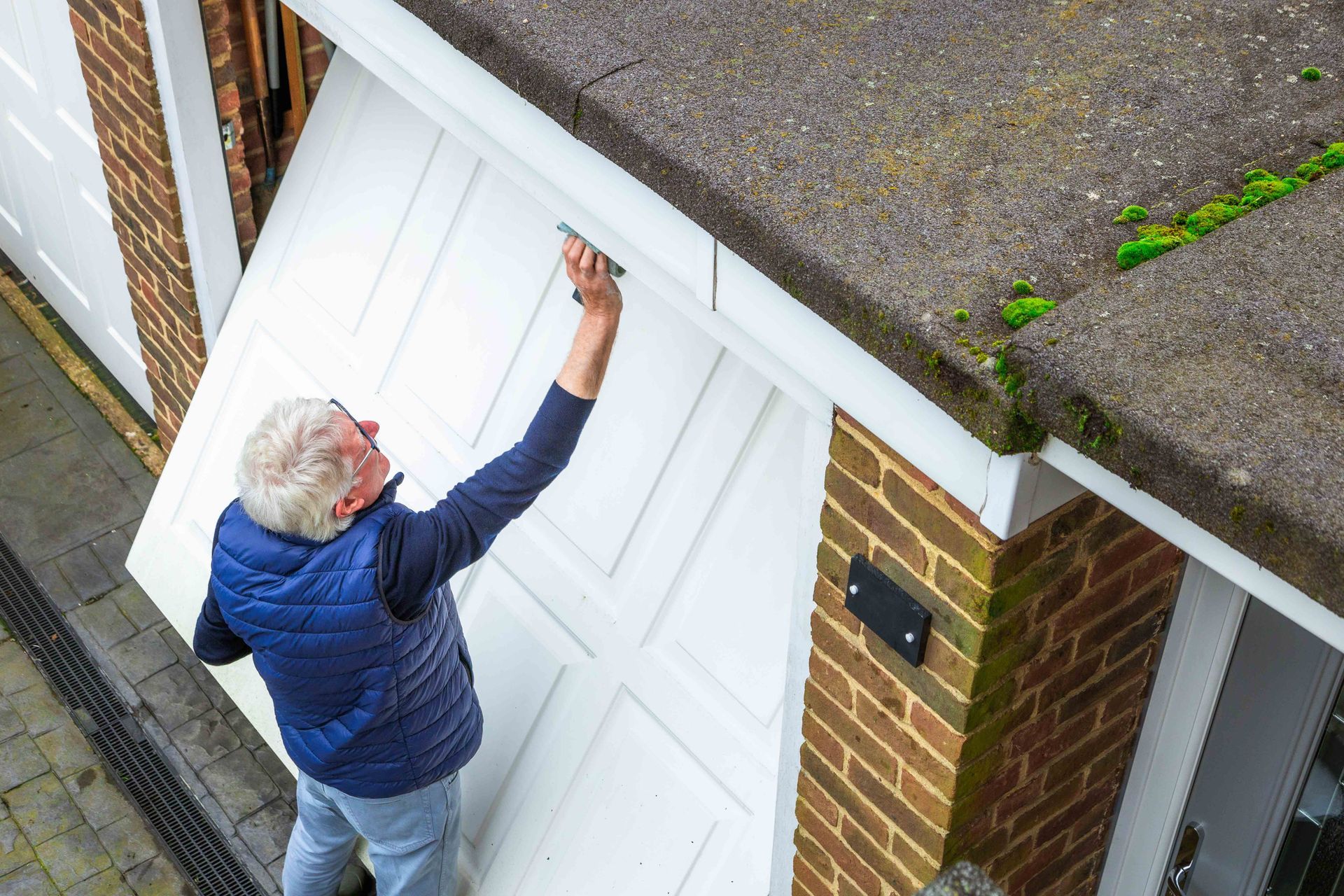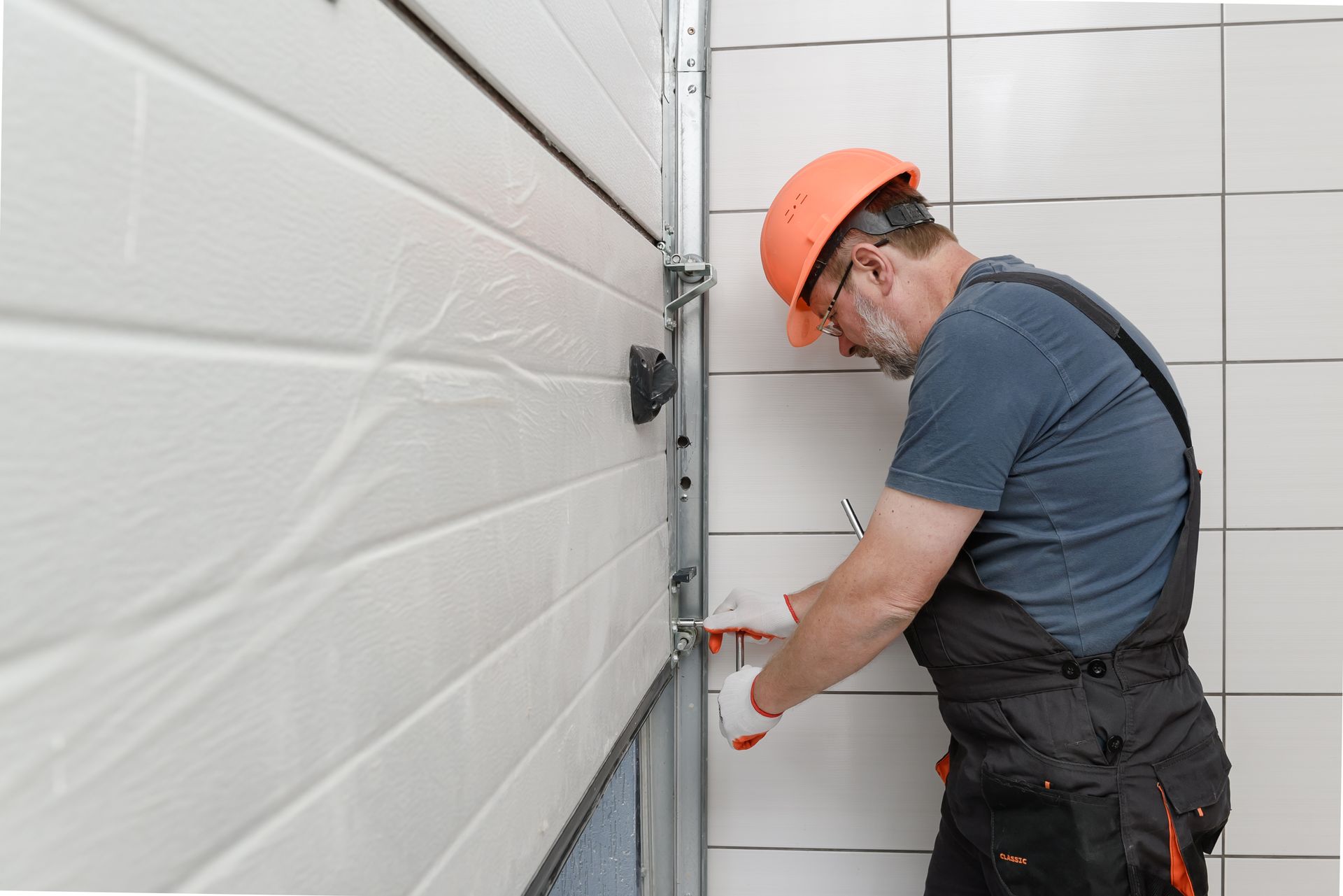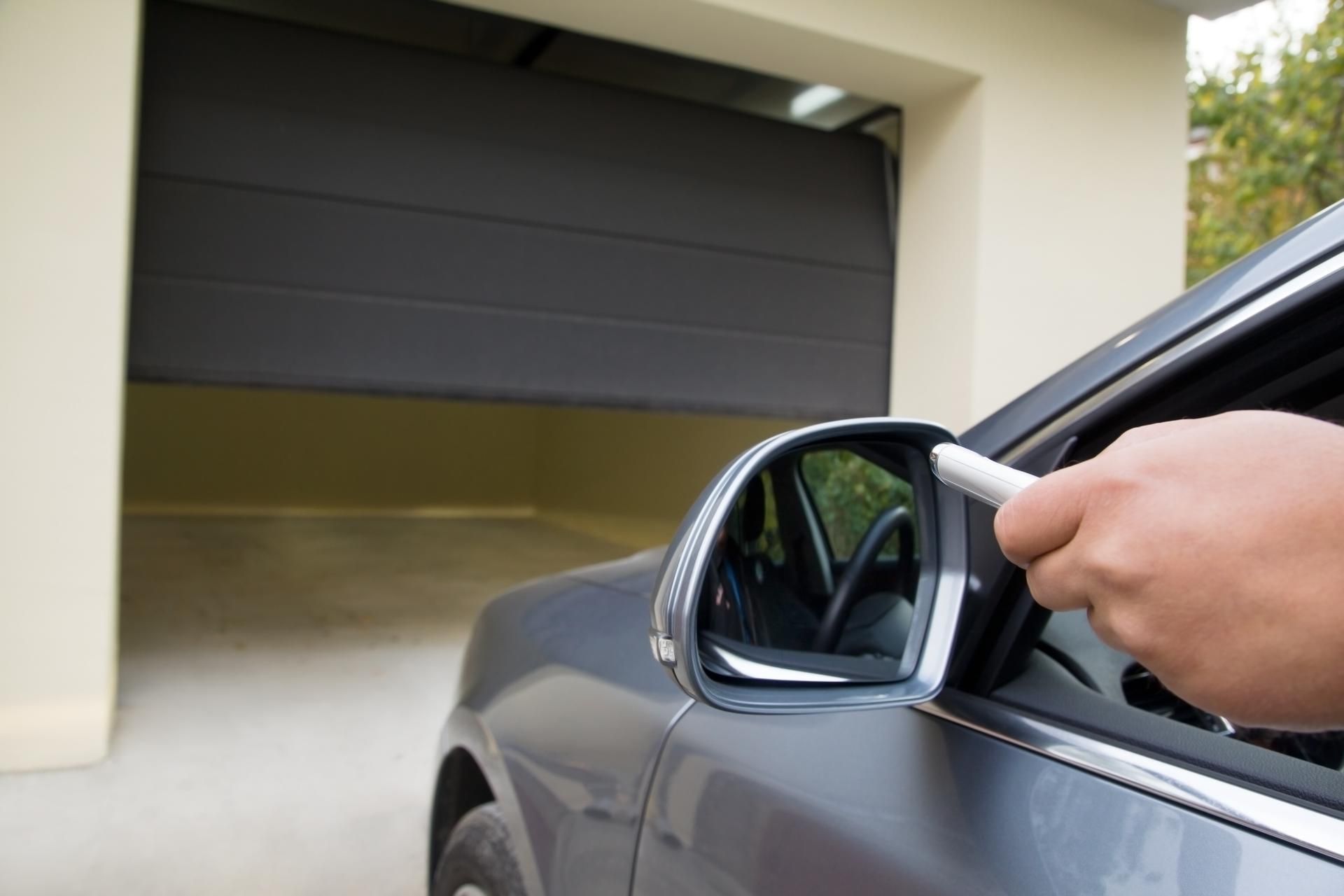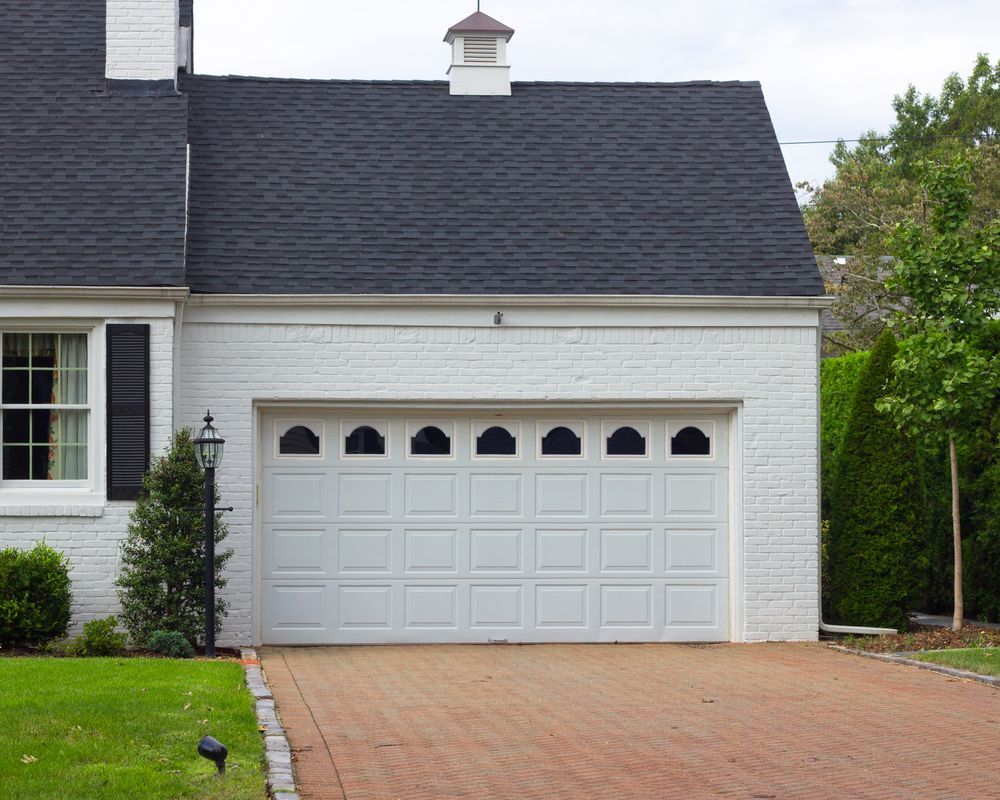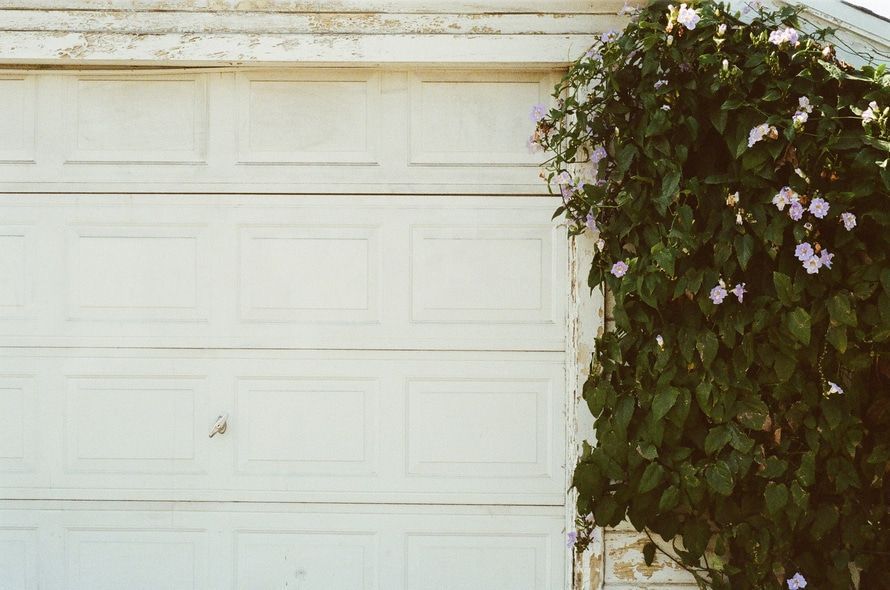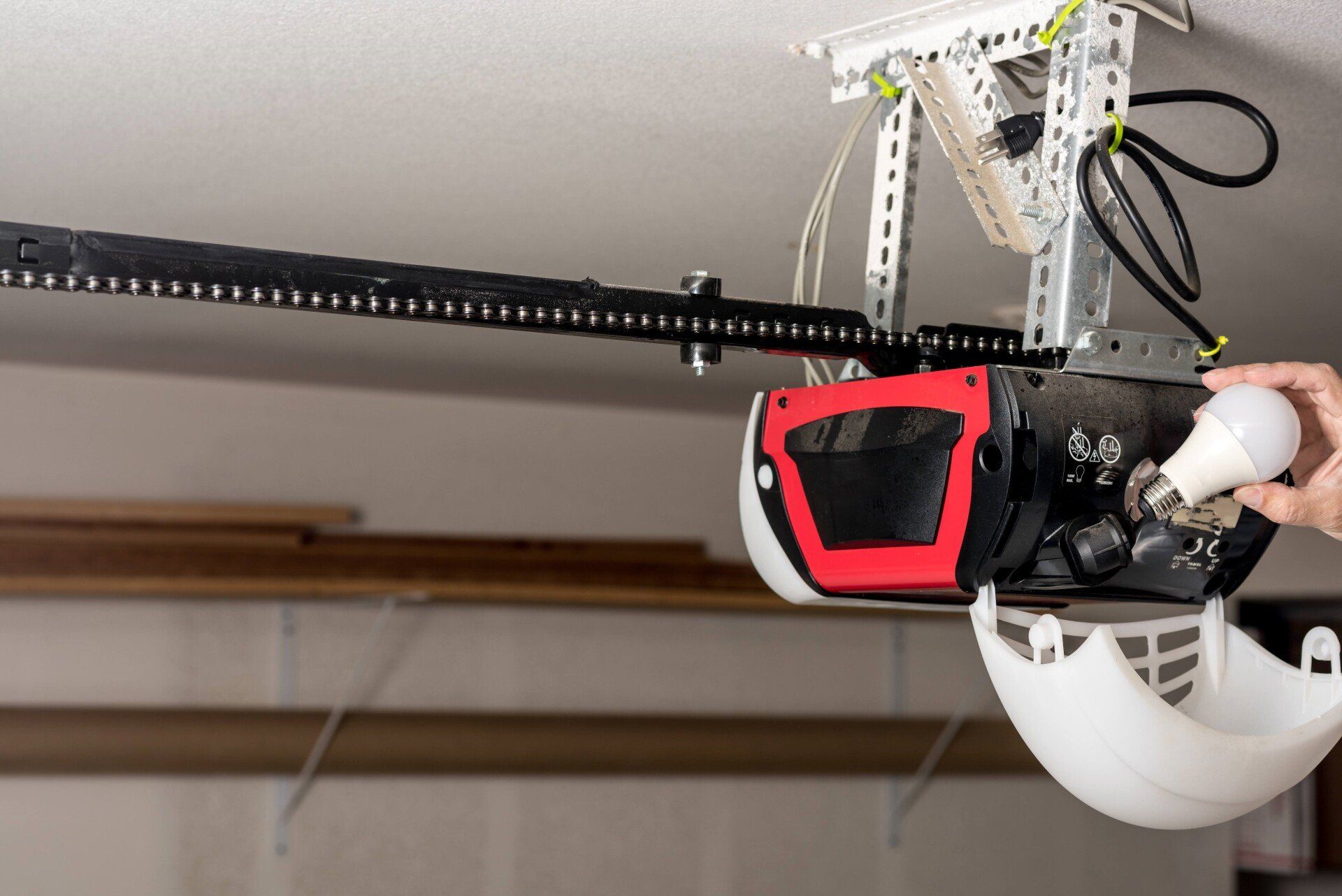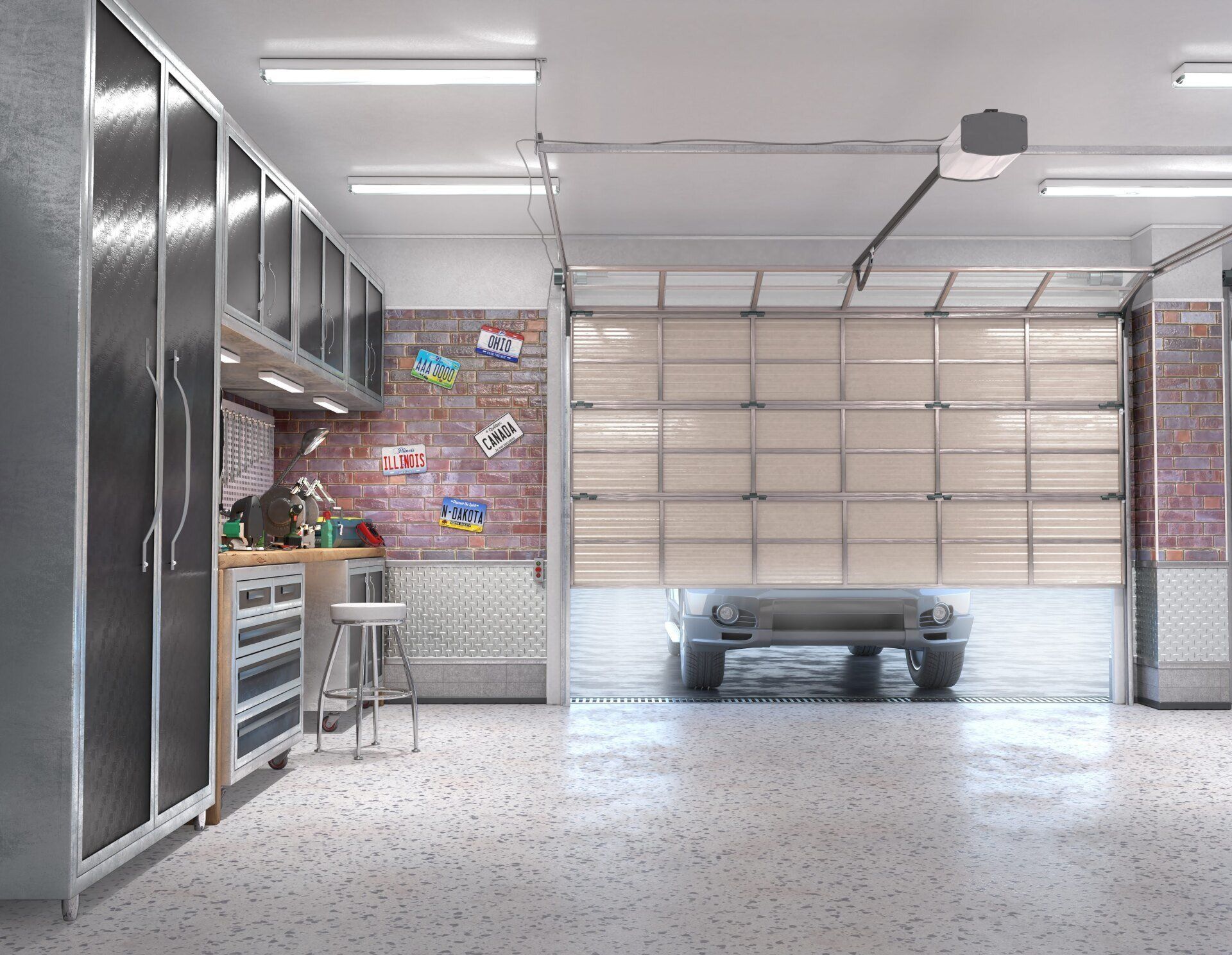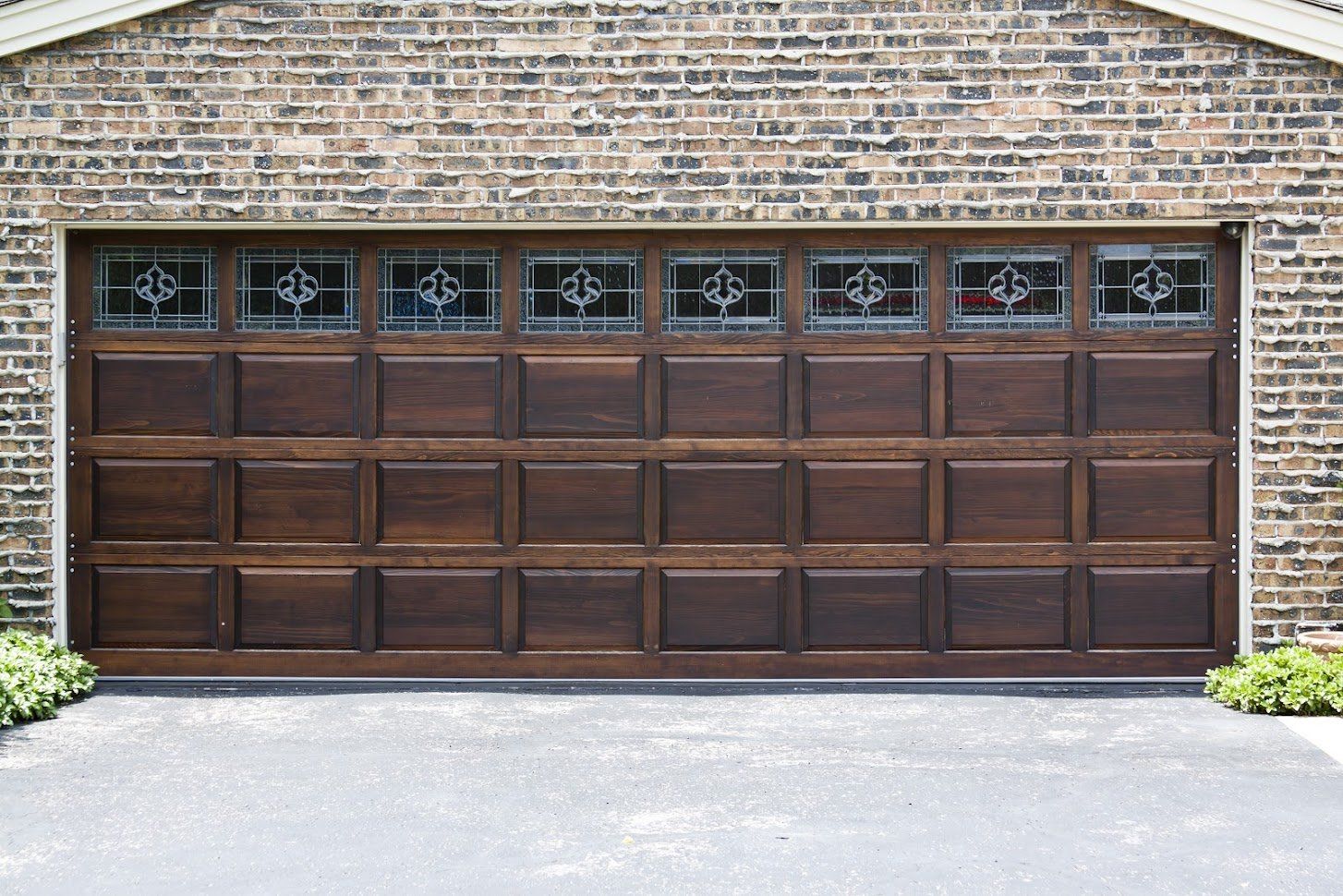3 Common Garage Door Seals
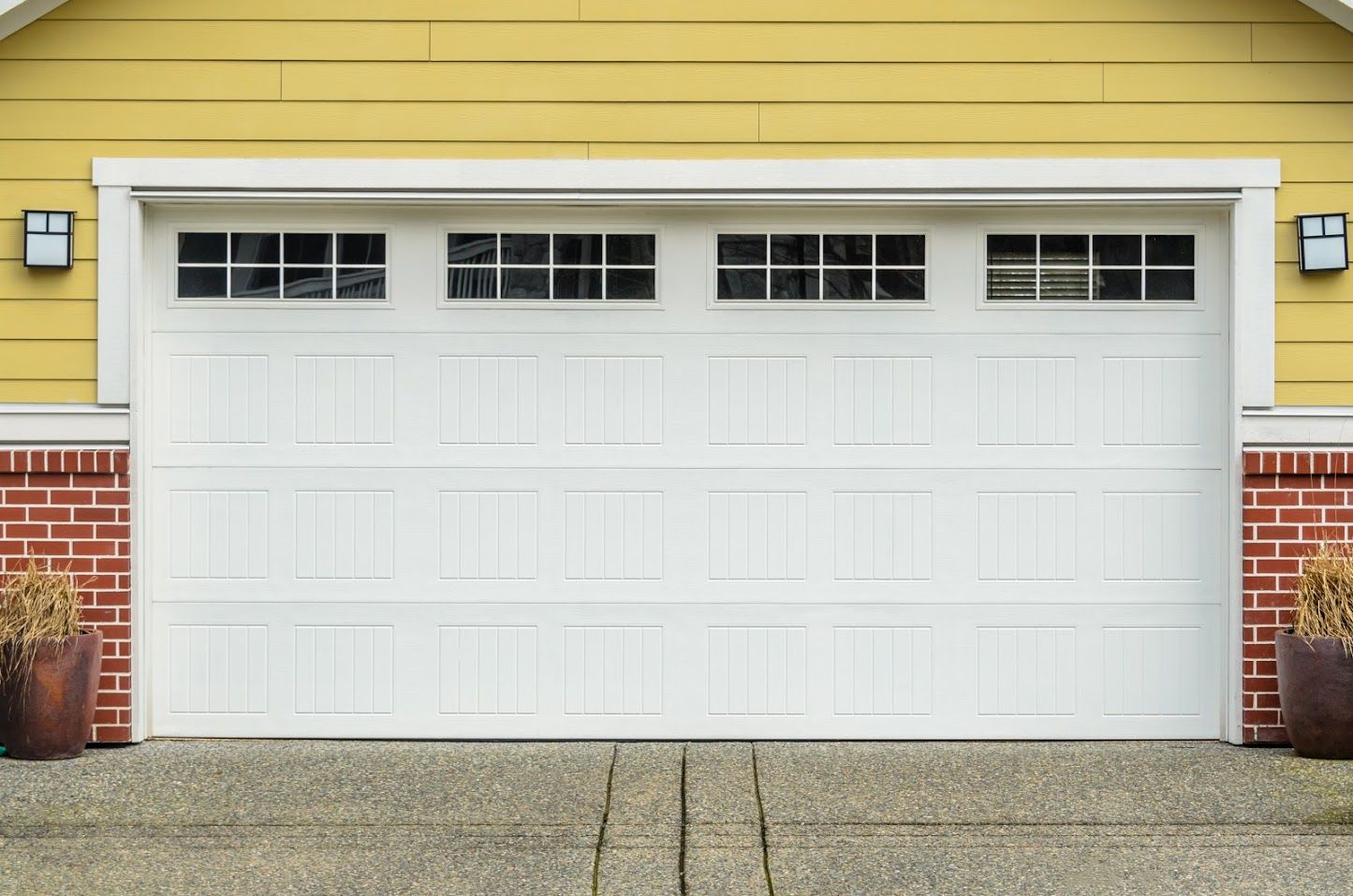
Your garage door seals are an essential component that keeps your garage door insulated and airtight. Unfortunately, the seals around the garage door often wear out over time, which can lead to uncomfortable drafts and potential water damage. Learn about three common garage door seals you should consider to keep your garage's environment in check.
1. Bottom Seals
Bottom garage door seals are an excellent way to keep the elements, bugs, and drafts out of your garage. This gasket is a malleable rubber or vinyl molding layer affixed to the bottom of the door that conforms to its shape and forms a tight air seal. This strip keeps moisture, dust, and cold air out and can fit securely to the door or into a retainer groove.
The majority of bottom seals are strip-style with angled edges, which makes them perfect for side-hinged wooden doors. Metal doors typically come with a U-shaped rubber gasket that slips into two miniature slots on the channel. U-shaped gaskets are available in various sizes to seal gaps of varying heights and can be a simple solution for huge gaps due to sunken or broken garage flooring.
J-Type seals consist of rubber in the shape of a J. When the door shuts, they resemble two J-letter patterns when utilized with single-track retainers. Beaded gaskets are T-shaped seals commonly employed in double-channel restraints. They have cylindrical slots and fit into the channel snugly.
T-Type seals, like beaded seals, fit in double-channel keepers. On both sides of the seal, they create a T-shaped design. Finally, bulb seals are circular-shaped single-track retainer seals. They are useful in doors with uneven surfaces.
Bottom seals have an endurance of 10–12 years and are sturdy, inexpensive, and upkeep-free. They are also extremely simple to set up and can provide enough weather protection. The sole disadvantage is that they might shrink, break, and lose adhesion with time, as well as discolor owing to constant moisture contact.
2. Threshold Seals
Threshold garage door gaskets are an excellent way to keep water and dust out of your garage. These seals comprise a heavy, shielded rubber or vinyl strip that adheres to the garage floor, which prevents surface rain or snow from entering. They are durable, sturdy, and cost-effective, which makes them excellent for sloping or irregular driveways.
However, threshold garage door seals cannot safeguard against pests or dust in the air, and complete insulation requires an extra bottom seal. They also make it harder to move water and brush dust away from the garage, which makes cleaning more difficult.
Despite these disadvantages, threshold garage door seals are an excellent choice if you need a quick and effective way to protect your garage from water and dust entry. These seals are a terrific investment for any homeowner, with an average lifespan of five to six years.
3. Doorstop Weatherstripping
Weatherstripping is a sort of insulation designed to plug the space between the door and its jamb. It consists of rubber or vinyl and includes a self-insulating finish that adheres to the jambs, which insulates the door and ceiling.
This weatherstripping comes in rolls and is readily cut with a utility knife before being fastened to the surface. It also features a galvanized metal coating on the sides that aids in heat retention and creates a tight seal.
Weatherstripping prevents vermin, wind, and rain from entering the garage. It also reduces thermal inefficiencies in your garage. Doorstop weatherstripping has a normal lifespan of five to seven years.
A garage door technician can help you install or replace any of these seals to keep your garage weather-protected. Contact us at Overhead Doors Unlimited, LLC, for garage door services.



